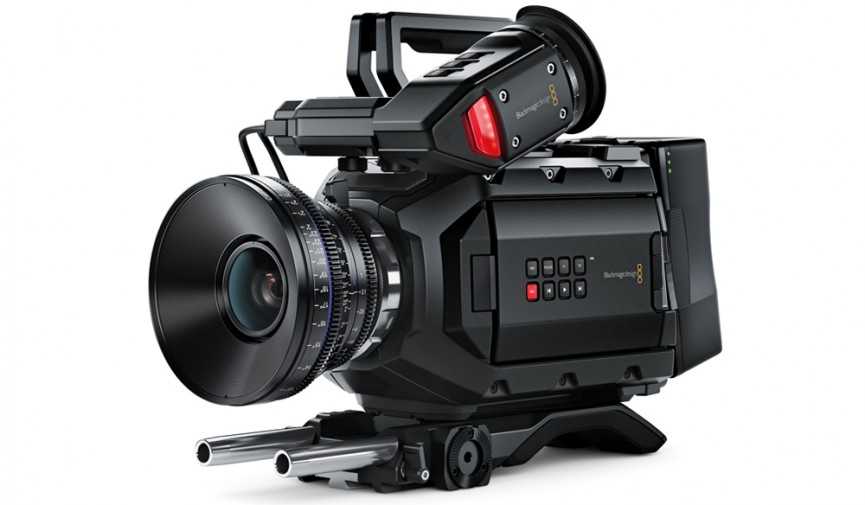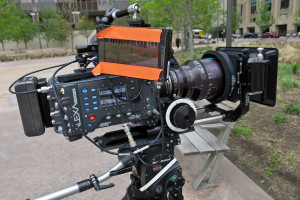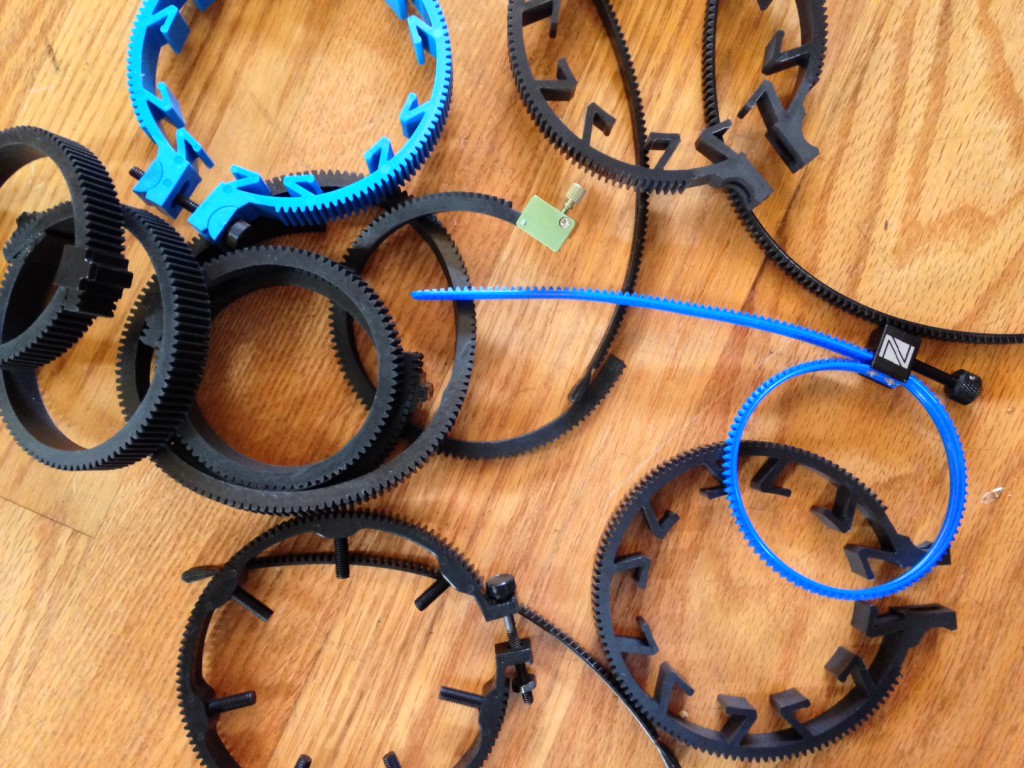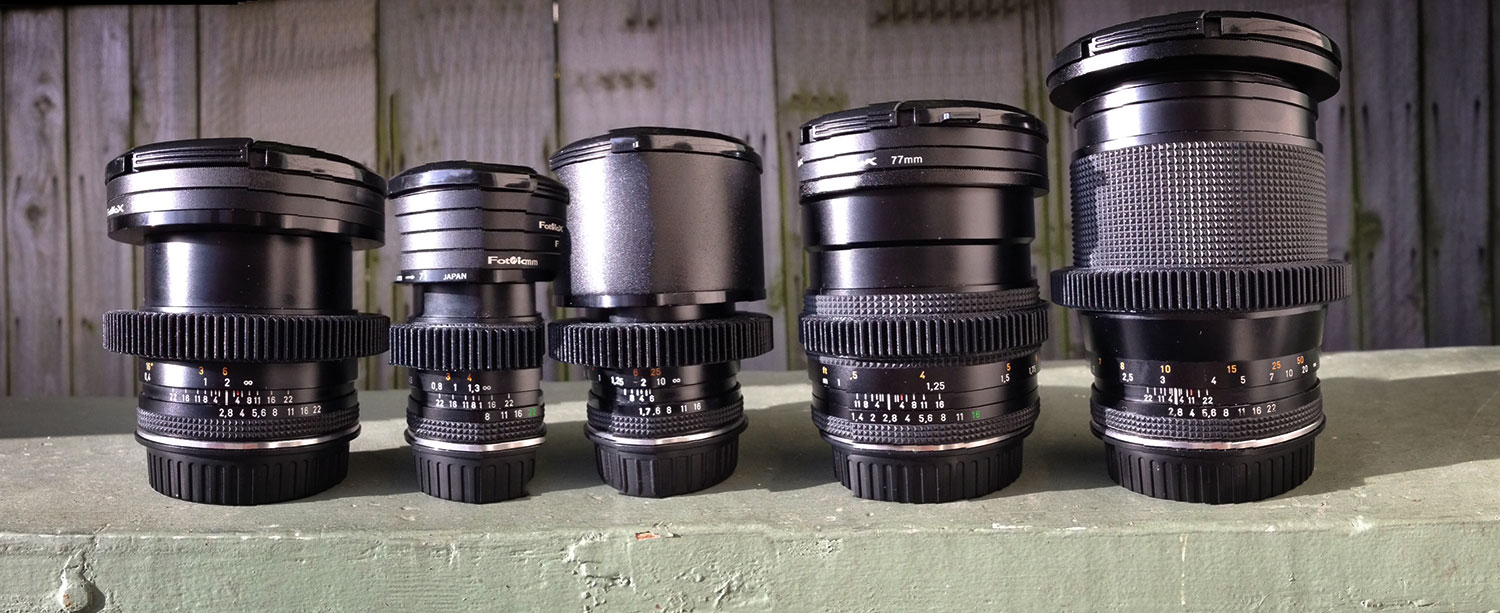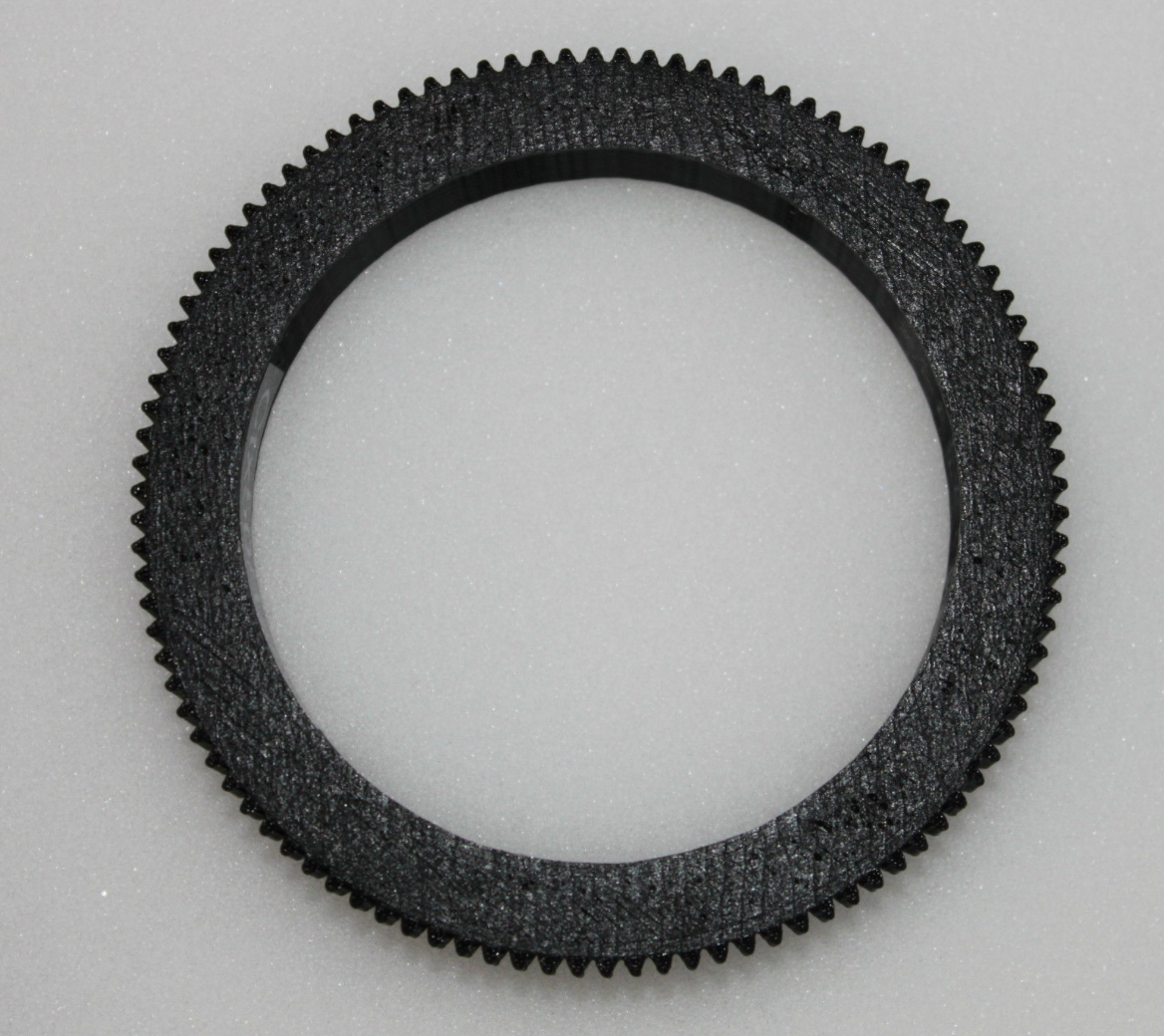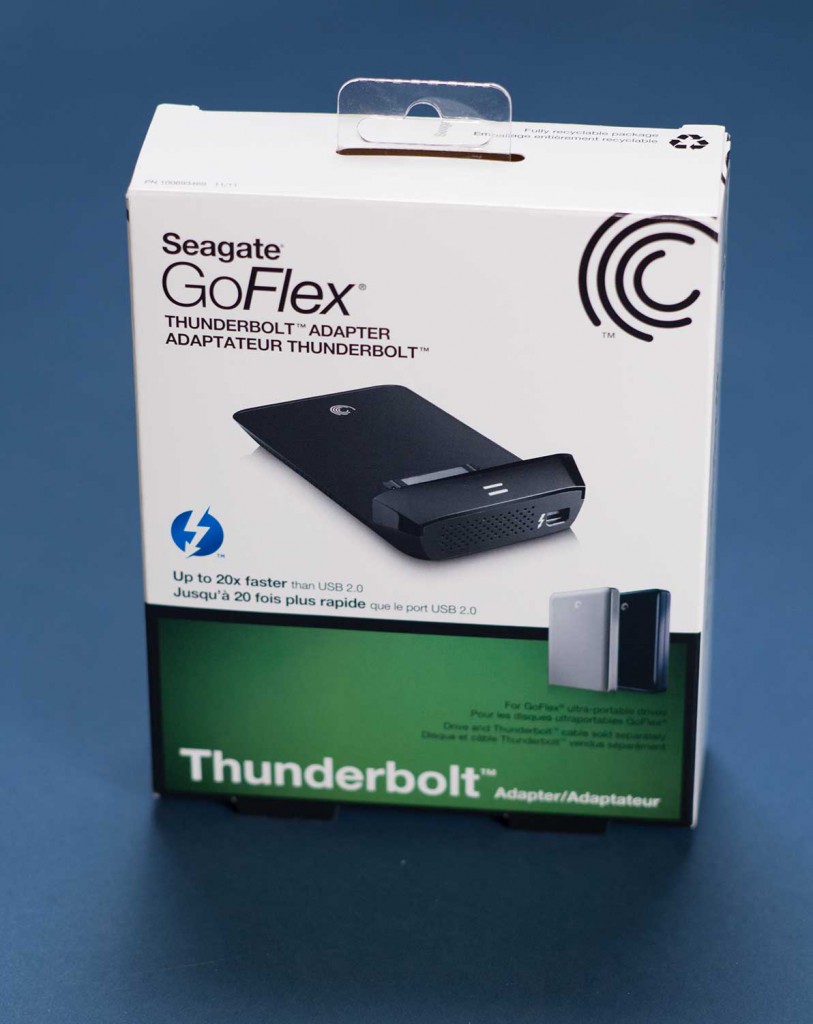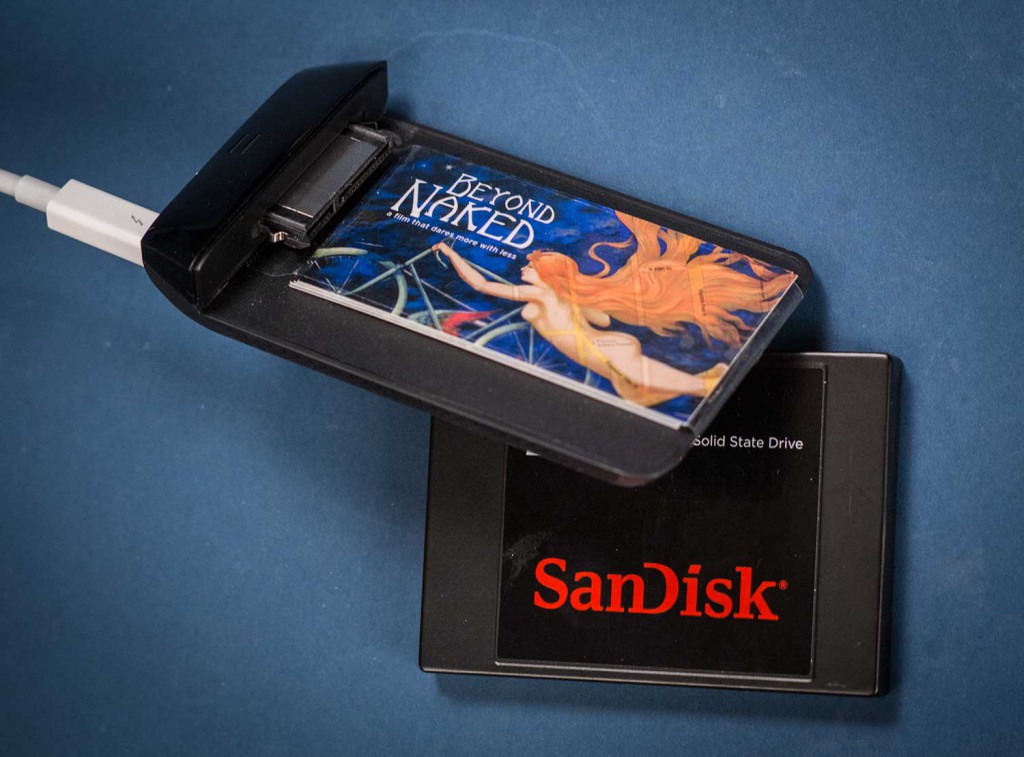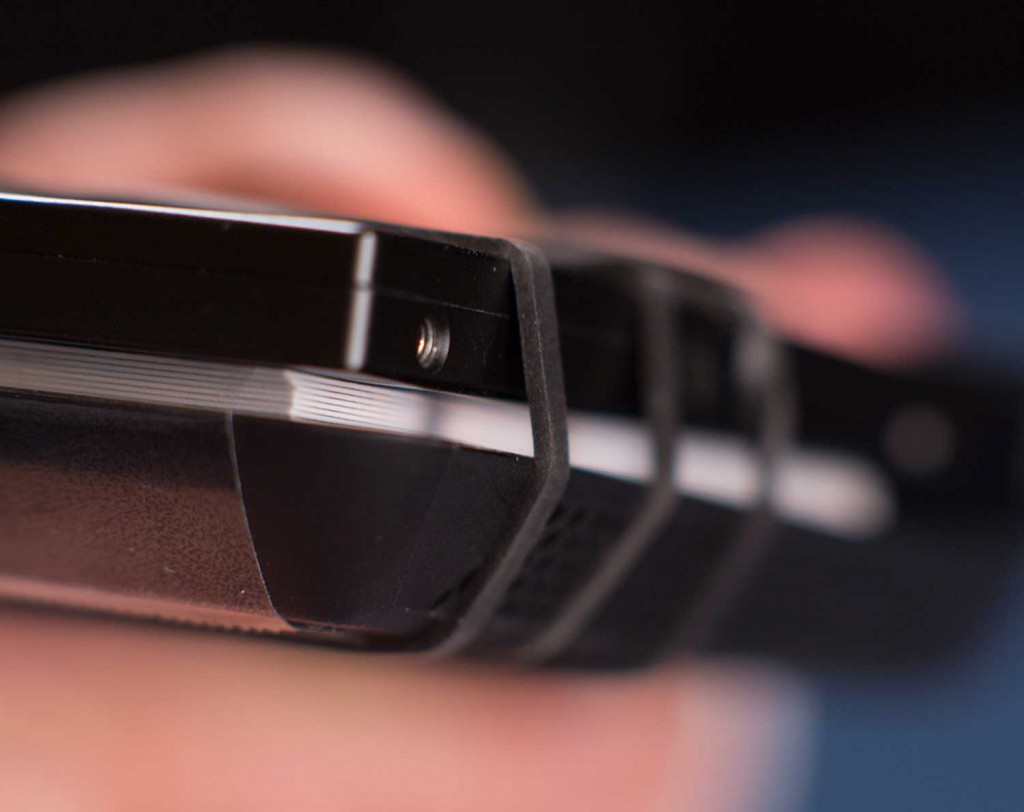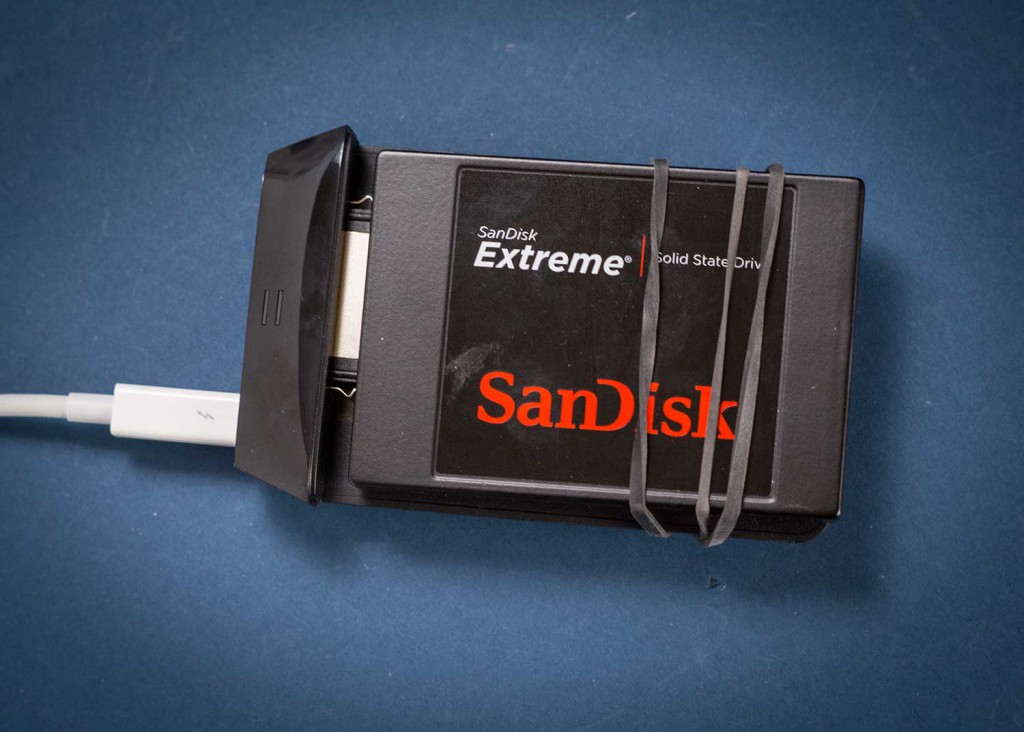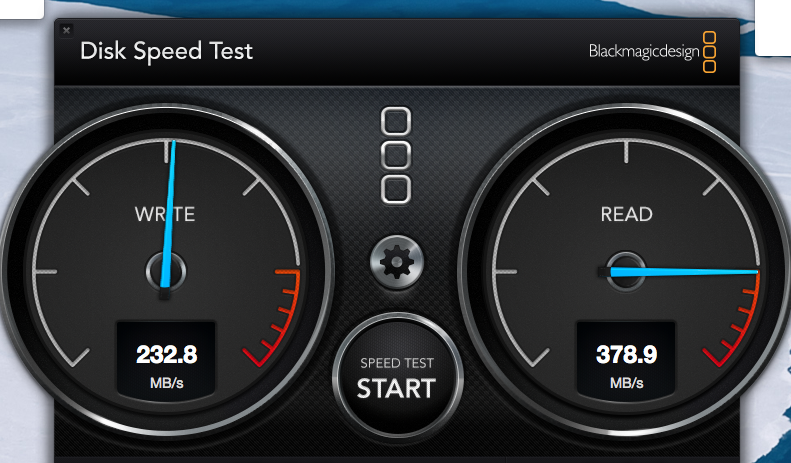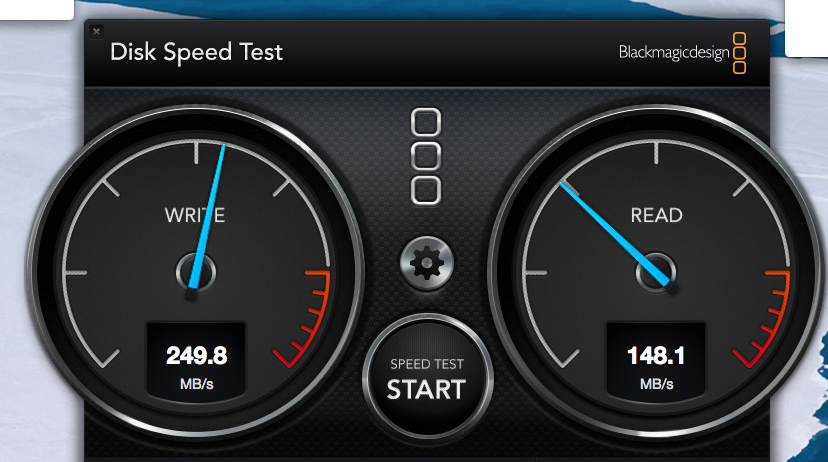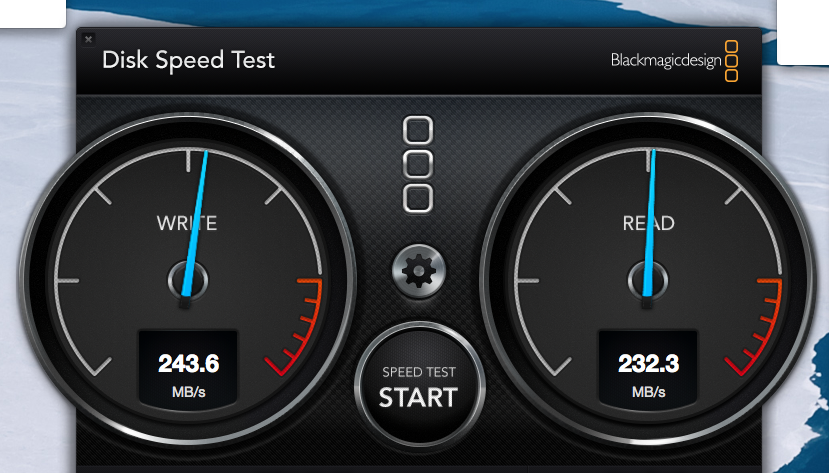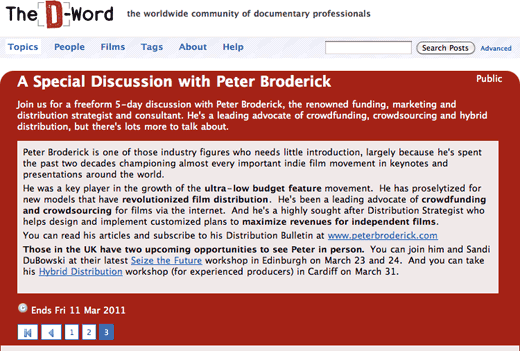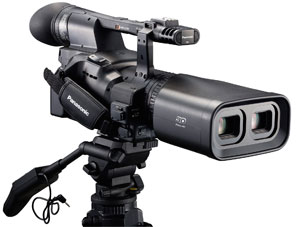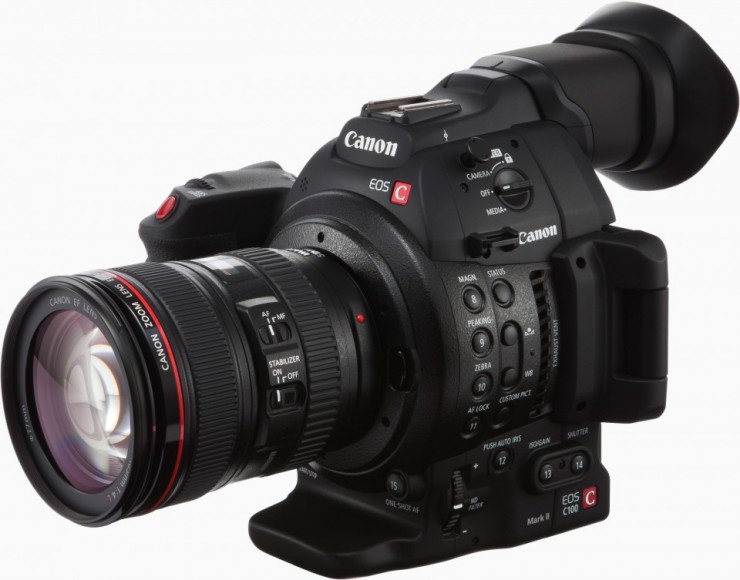 When I was a young photojournalist in the early 90s, I remember the disdain that old-salt photographers had for autofocus. “Forget autofocus,” they told me. “It’s not for pros.” The technology was still in its infancy in those days, but today, you’d be hard-pressed to find a photojournalist who doesn’t routinely depend on it.
When I was a young photojournalist in the early 90s, I remember the disdain that old-salt photographers had for autofocus. “Forget autofocus,” they told me. “It’s not for pros.” The technology was still in its infancy in those days, but today, you’d be hard-pressed to find a photojournalist who doesn’t routinely depend on it.
Motion picture is another story. Most cinematographers feel the same way about autofocus today as still photographers did 20 years ago. But change is coming, and it’s has a name: Canon Dual Pixel CMOS AF. First introduced on Canon’s EOS 70D digital SLR camera in 2013, Canon has for the first time made autofocus a standard feature in their Cinema series cameras with the introduction of the C100 MkII. But does it really work?
I spent last weekend in Boston shooting a wedding that will be the climax of a forthcoming documentary film by Heather McHugh. I chose the Canon C100 MkII to shoot with because I wanted to put the camera in a situation where I could really push its autofocus capabilities to the limit, and see if it could perform as well or better than my manual focusing ability.
But first, a word about manual focus. When shooting video, it’s actually quite difficult to tell whether a shot is actually in focus. Especially when shooting wide or when stopped down, you can’t trust what you see on the screen. Tools like peaking that sharpens the image to better reveal focus, and peaking that places a color outline around in-focus areas, help. But nothing substitutes for actually SEEING that the image is sharp, and for me this means punching in, or digitally expanding the image to check focus. Canon DSLRs have a button that magnifies focus up to 5x for this purpose. But it only works prior to rolling – if the subject moves during the shot, you’re on your own. The C100 and other C-series Canon cameras have a 2x magnifier that works while rolling. This helps, but having to constantly punch in while rolling to check focus is distracting, and takes me out of the moment when following a subject.
When my C100 MkII arrived from Lensrentals.com, I spent a day getting comfortable with the menus and controls. And it became immediately clear that the autofocus button is in the wrong place – at the front of the camera in the same spot where the white-balance button is on many other video cameras. This makes grabbing focus a two-handed operation, no good. Luckily, Canon makes it possible to re-map the buttons to your heart’s content. I found that mapping the one-shot autofocus to the #7 button makes it an ergonomic dream to use.
Using this approach, I quickly fell into a one-handed shooting rhythm: Center the subject, press one-shot autofocus with my right thumb, and as soon as the green confirmation square lights up, roll camera with my right index finger.
What I have hated in the past about video autofocus is the dreaded “hunting and seeking” that happens unpredictably. With the C100, this is a thing of the past (except in very low light or on very low-contrast subjects, which I’ll address in a moment).
In fact, in my own manually focusing, I find myself hunting and seeking all the time: I focus, then punch in to check, then slightly overcorrect focus to see where the sharpest point is, then come back to it. Then punch out, and roll. So when I realized that Canon’s autofocus just goes to the sharpest point and locks there, I was very impressed. In that way, it focuses better (faster) than my human eye.
Canon provides two autofocus modes: one-shot and continuous. Unfortunately you can’t map the buttons to continuous – just to one-shot. This means if you want to switch between continuous and one-shot, you have to drill into the camera menu, a cumbersome process. I hope Canon makes continuous focus a mappable option in a future firmware update.
Continuous autofocus will attempt to keep whatever is in the center of the frame in focus. One-shot focuses to the point you’ve selected, and stays put regardless of where your subject moves after that. In practice I almost never used continuous focus. But it is very handy when a subject is coming toward you, such as a push-in shot. It’s also great for those times when you can’t touch the focus ring – such as when the camera is mounted in a Movi.
And here’s my first gripe: it’s only possible to focus in the dead center of the frame. In practice this isn’t so bad, because you can focus, reframe, and roll. But it would be very nice to be able to (as you already can with the Canon 70D) assign the autofocus area to another part of the screen. I found myself favoring the center of the screen for my compositions more than I normal would have done.
While shooting at the wedding, I loved the confidence that having autofocus gave me. It speeded up my work. Instead of squinting intently into the frame, I could center the subject, press one-shot, get focus confirmation, and roll without wondering whether my shot was focus. If the person moved, I could again press one-shot and get focus confirmation without interrupting my shot. Because there is so much to cover so quickly during a wedding, I found myself simply letting the camera roll, reframing a new shot, focusing, and repeat as needed.
The nagging feeling of “did I get that in focus?” that so often haunts me at the end of a good shot just melted away as I became more and more confident. Instead of concentrating on focus, I found myself concentrating on framing, on getting the right angle, on moving the camera to where it needed to be for the next shot. But of course, it wasn’t perfect.
I noticed that low-contrast or dimly lit subjects sometimes presented an autofocus challenge to this camera. In low light, I occasionally saw the hunting and seeking behavior that has plagued lesser video autofocus. But it doesn’t take long to figure out what situations I had to manually take over, and which I could trust the camera to handle. And, asserting focus is as simple as grabbing the focus ring. You don’t have to enable or disable autofocus first with Canon glass. You just leave autofocus enabled on the lens, and focus manually as needed. With one-shot, it won’t fight you.
On a few rare occasions, I noticed that the camera seemed to fasten onto a background object rather than focus into the foreground as I wanted it to. These were situations with a low-contrast object in foreground against a high-contrast object in background.
As the day went on, I wondered whether my near-constant use of autofocus would cause the battery to run out faster. It didn’t. I shot the entire event on a single Canon BP-955 battery. It had 25 percent of it’s life left at the end of the day. So the C100 does what it does without being a battery hog. Pretty incredible.
When I reviewed my footage afterward, I noticed something I haven’t seen in my footage before: shots that snapped into focus and stayed focused. Instead of my rocking back and forth to settle on focus, it just went straight to it with authority, meaning that I could react more quickly to a moment and nail it.
Before the C100, I could count on some percentage of my shots (maybe 10 percent?) being slightly soft. With the C100, virtually all of my shots are spot-on. Focus becomes a framing exercise, rather than a squinting exercise. And the result is renewed confidence. The C100’s autofocus isn’t perfect, but for covering events like a wedding, at least, it’s already better than my eyes. And that’s good enough for me.
